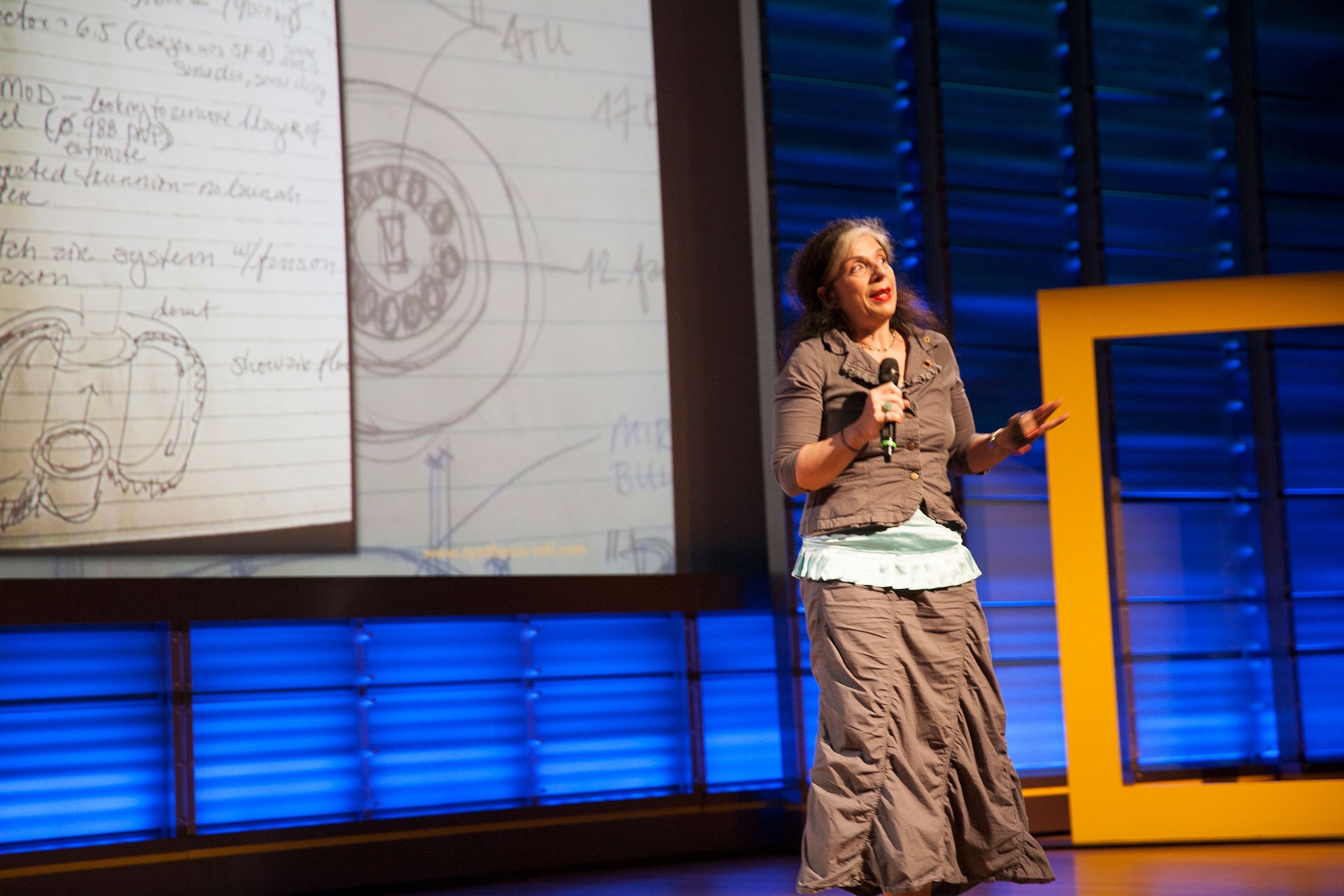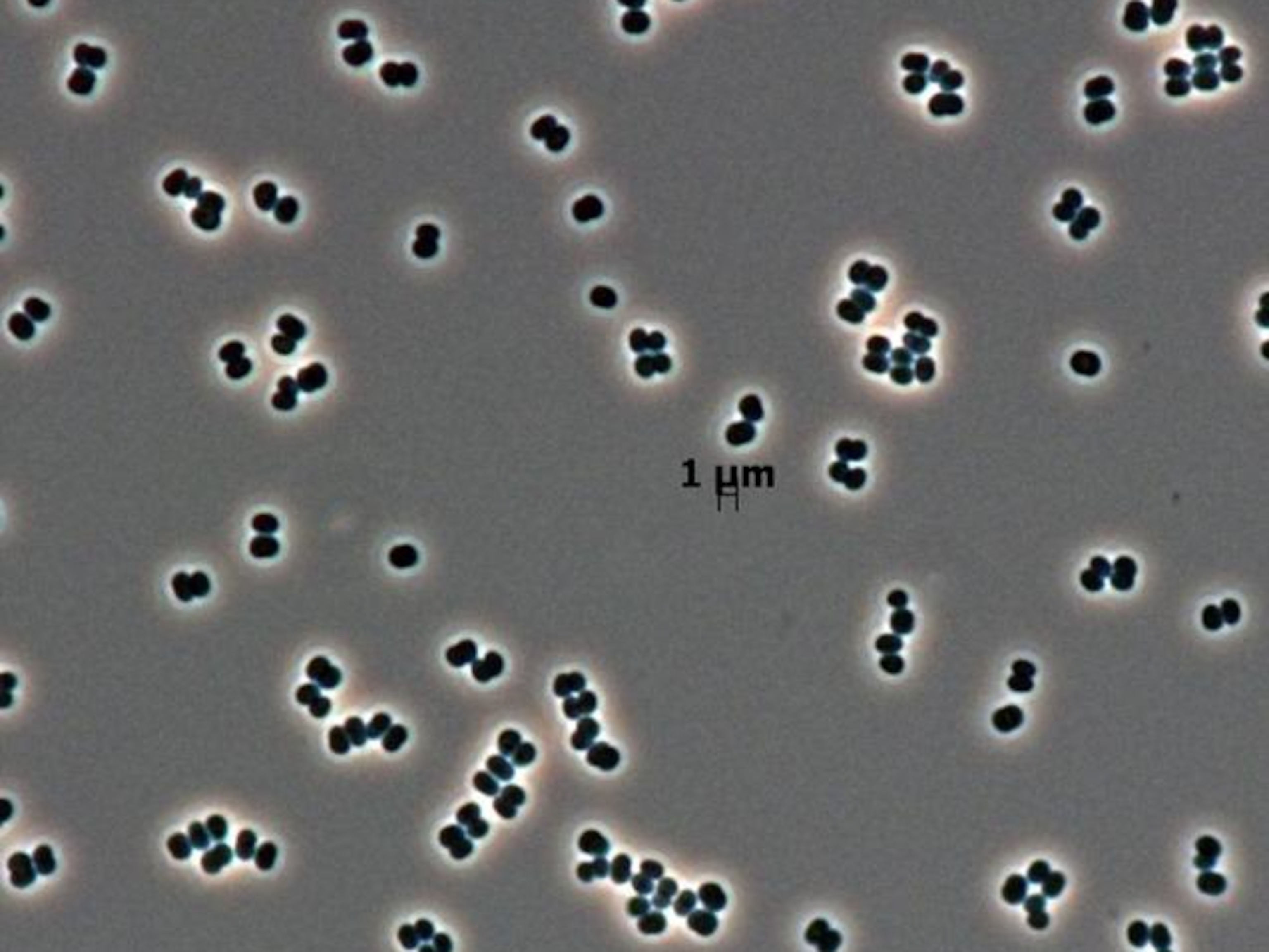
National Geographic Explorer and Space Architect Dies at 53
A pioneer in her field, Constance Adams’ love of the solar system and Earth fueled her life’s work.
Space architect Constance Adams, known for her projects supporting human exploration of space and the solar system, died on June 24 after a battle with cancer. Adams was 53 years old.
Though she worked on designing systems meant to help humans on their journeys to space, Adams stayed focused on how the knowledge gained from space exploration might help our home planet.
“What I’m trying to do is to do this in as good a way as possible,” she said. “To do it gently, to do it well, and to take the things that we’re learning while figuring out how to do it… sustainably and apply them to the way we’re living here.”
Adams was named a National Geographic Emerging Explorer in 2005 and remained an active member of the Explorer community. The Emerging Explorer program is an awards-based program that, through a nomination process, identifies 10 to 15 individuals from across different disciplines who are making breakthroughs or are rising leaders in a certain field. For Adams, that field was space architecture. She is particularly known for her developments in "sociokinetic" research, in which she discovered ways to measure how individuals interact with their built environments and with one another.
One of the problems Adams tackled was how to keep humans oriented in a microgravity environment with no natural “up” or “down”—because without some way to indicate “vertical,” space habitats can often induce queasiness in their inhabitants. It’s not a problem most architects encounter when designing spaces on Earth.
“You take gravity out of the equation and everything goes kablooey,” Adams said. “We have to help our astronauts force themselves to act as if things were normal… so in fact we don’t have that many options, and one of the biggest struggles is to figure out how to keep a complex life form that evolved in a particular environment functional, when essential components of that environment are gone.”
After receiving her Master’s degree in architecture at Yale University, Adams spent several years working in Berlin and Tokyo before getting an offer to work for NASA. She got her start with the Houston-based organization by designing a prototype surface habitat for Mars. “How could I not want to design for space?” the architect told Harvard Magazine in a 2011 interview.
Adams went on to win several awards for her innovations at NASA, which included designing a crew-return vehicle, two Mars-surface habitats, a transit spacecraft for planetary exploration, and a next-generation space shuttle. While she is known for pioneering and growing the field of space architecture, Adams is also remembered and celebrated for her community outreach and her collaborations with other Explorers.
The space architect engaged other members of the Explorer community and represented the Society externally in different ways, including through educational programming. Adams was a big believer in community outreach, particularly in joining other female explorers to increase awareness around science and encourage young women to pursue paths in STEM.
In the face of her diagnosis, Adams found a calling in working with other Explorers and external innovators to tackle issues surrounding climate change—because even though humans may be knocking on the door of the stars, there’s still a planet here to take care of. Adams was working on ways to implement a multinational strategy to tackle climate change’s real economic, political, social, and logistical impacts.
While her work often focused on space, Adams’ abiding love of the Earth led her to fight for a better future—even if that meant making one small change at a time.
“My daughter asked me for some tuna one day a couple of years ago, and I’m like, oh sure – and then I’m standing in front of half a freaking aisle of tuna fish. It’s all canned! In metal! A non-renewable metal resource. I’m standing in front of the whole thing and weeping, no doubt to the consternation of dozens of other customers,” she recalled. “And I came home and said, ‘You’re going to have to learn to like peanut butter.’”





